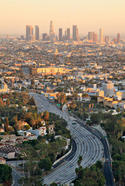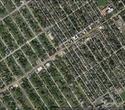I was in Dallas this recently for the New Cities Summit, so it’s a good time to post an update on the city.
I don’t think many of us realize the scale to which Sunbelt mega-boomtowns like Dallas have grown. The Dallas-Ft. Worth metro area is now the fourth largest in the United States with 6.8 million people, and it continues to pile on people and jobs at a fiendish clip. read more »






















